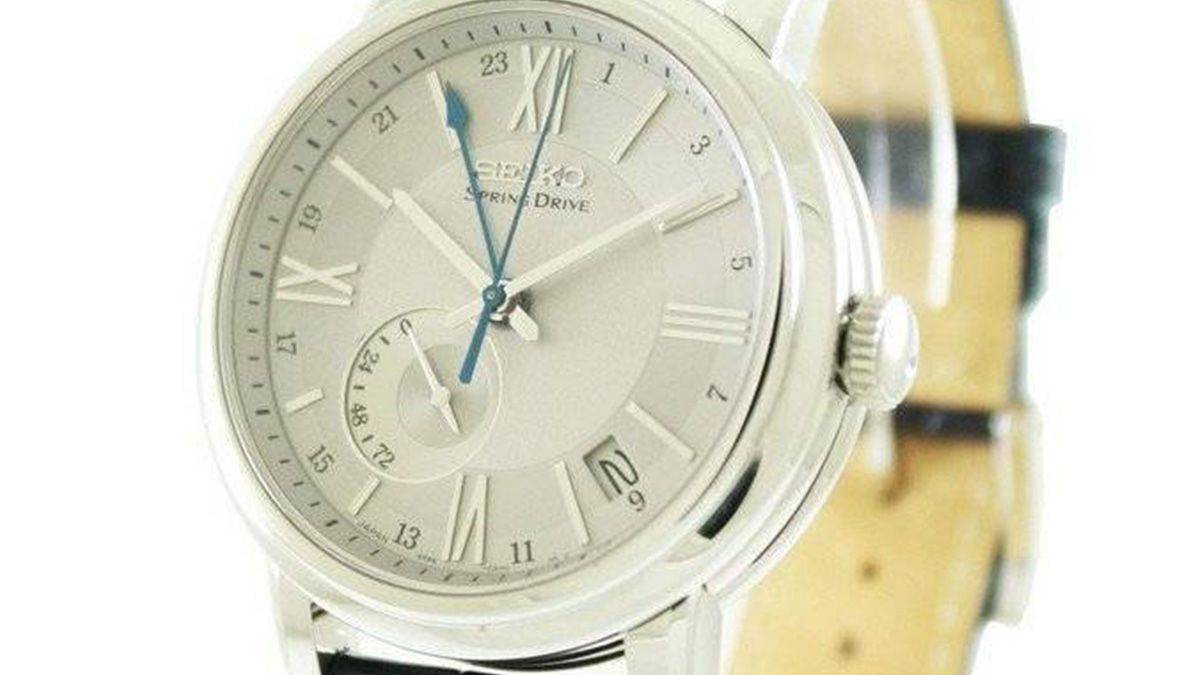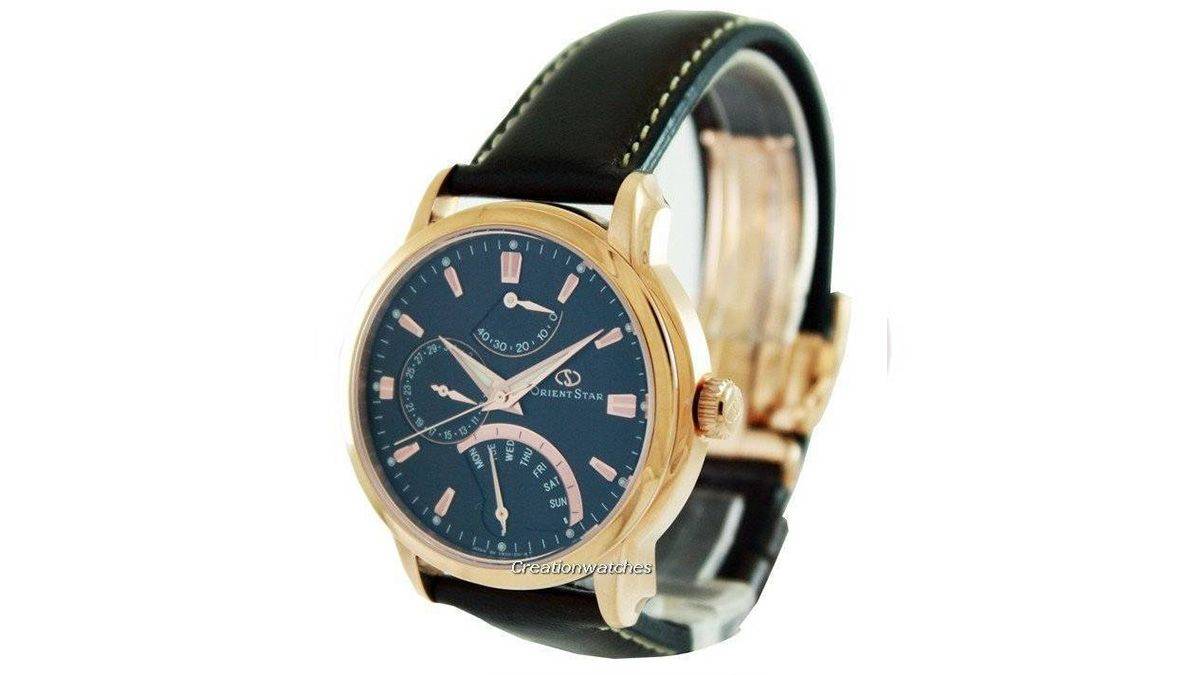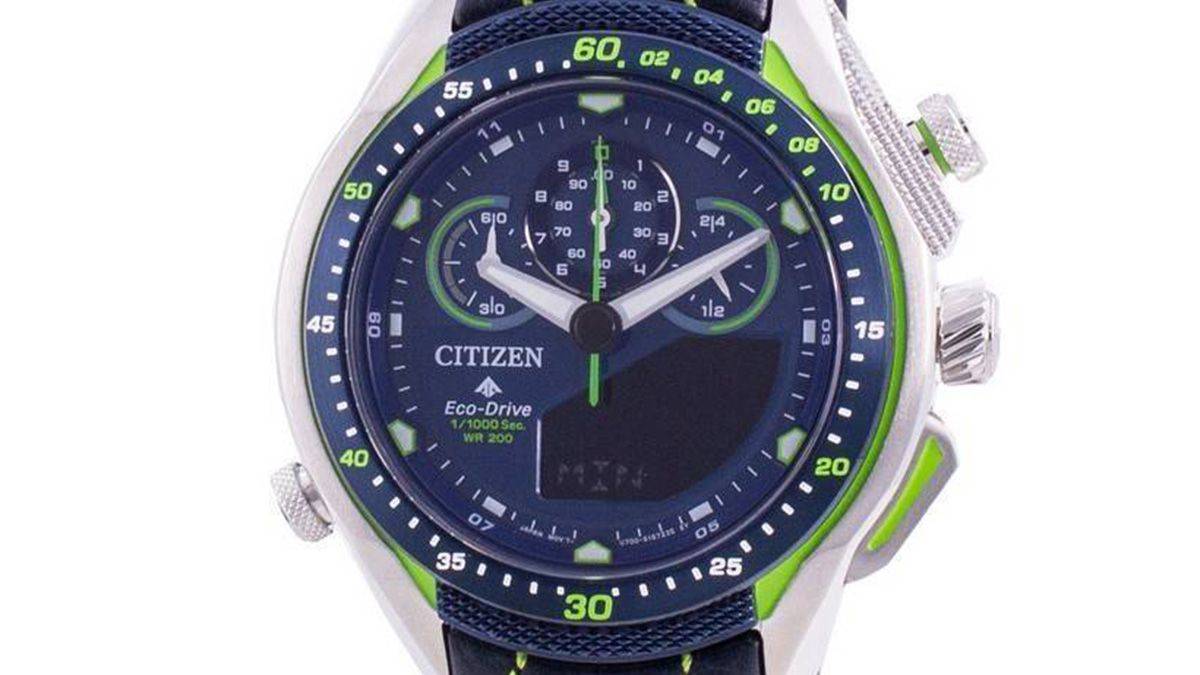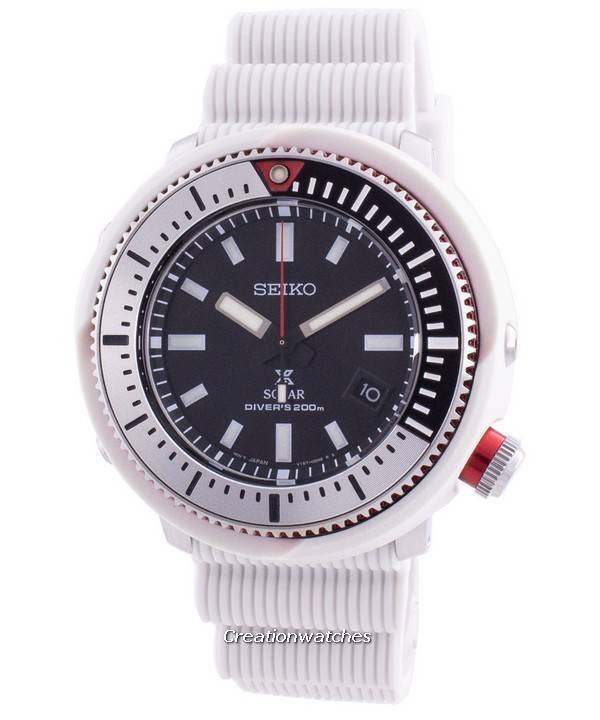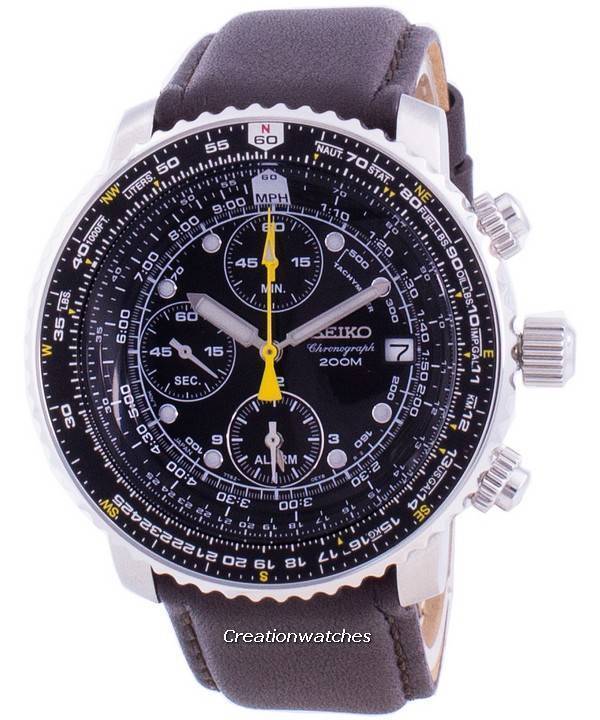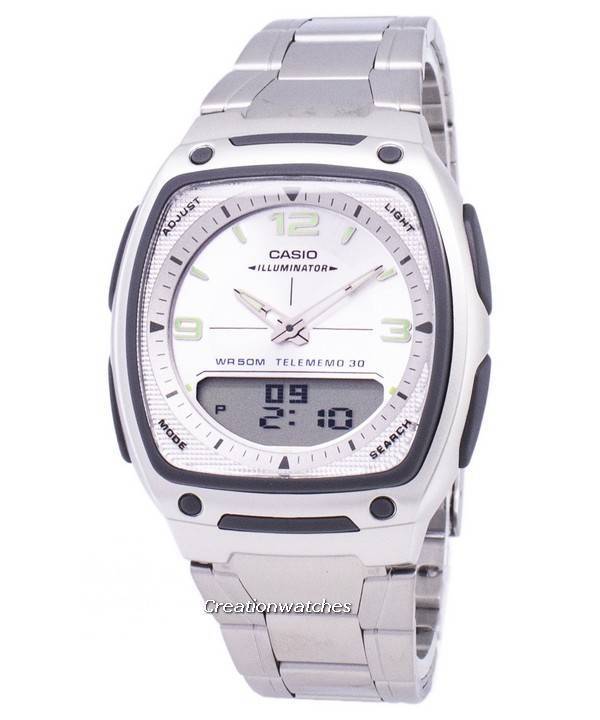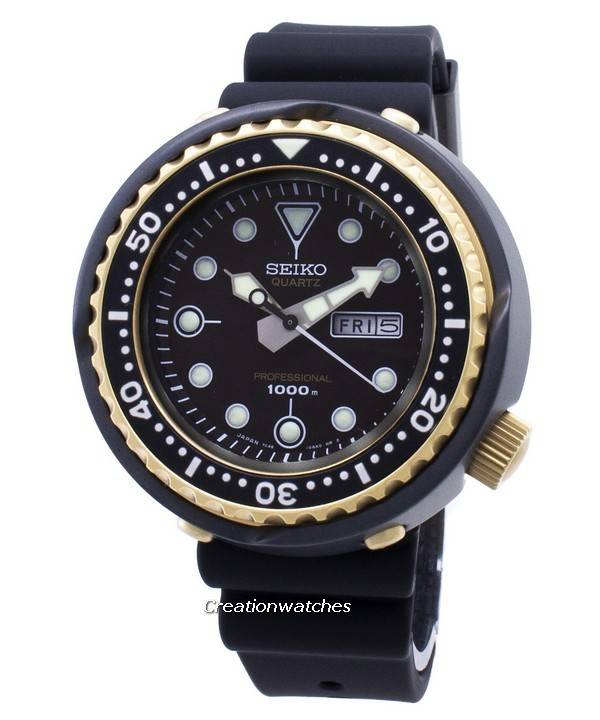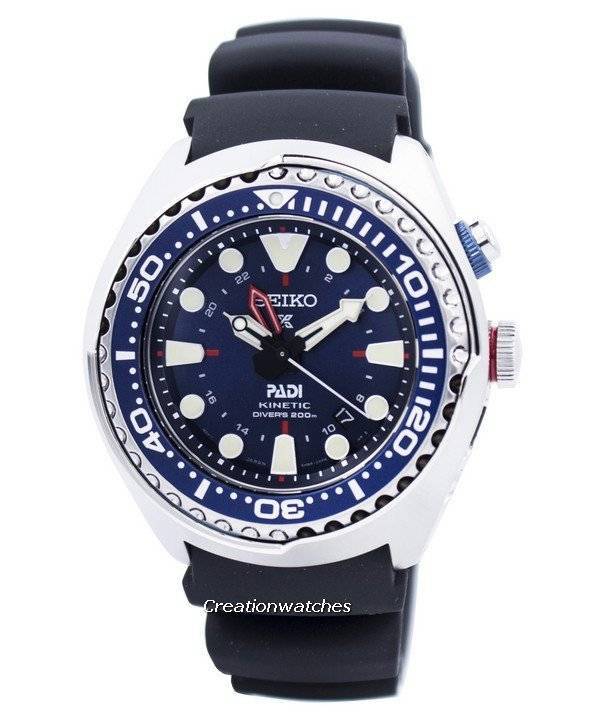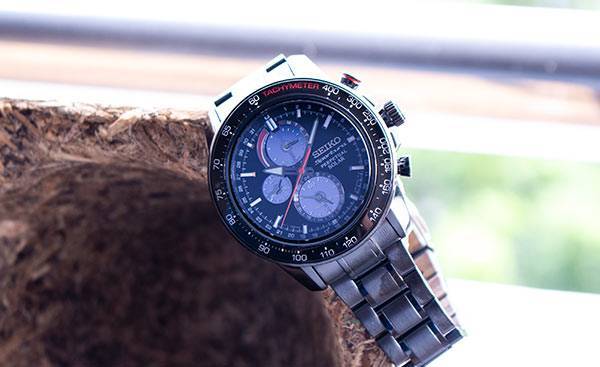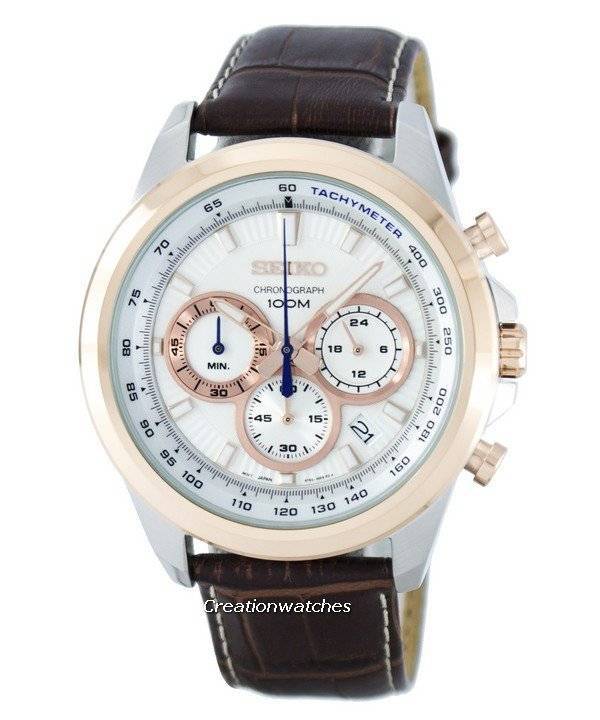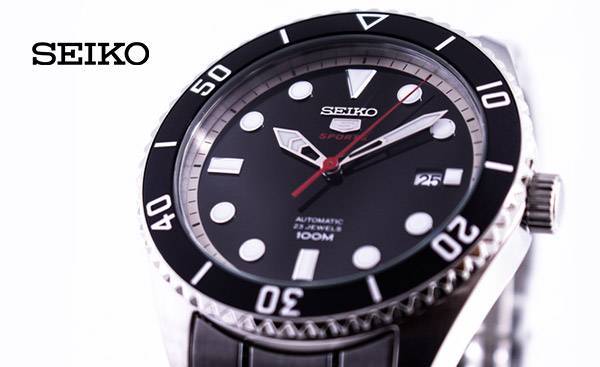
Let’s keep this short and simple. Of course, you can go the long meandering way to describe Seiko and define its luxe and legacy, but unless you are too anal, you don’t paint a Lily.
You still want that? There are myriad sources strewn all over the Internet! You are free to go and find it out for yourself. You’ll be all the more impressed.
Why take the long route? A few key points should be enough to define. Firstly, it’s one of the few, fully-integrated watch-manufactures in the world. Their highest contribution to the horology universe is the Grand Seiko; some say the Ananta.
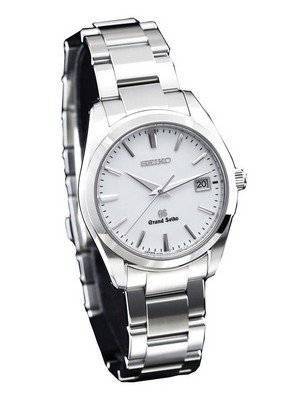
The GS vs. Ananta debate questions first about the mismatches. What are their differences? The two models got enough stuff under their belt other than visuals; some suspect it’s the better materials for the Grand Seiko. And maybe, the screw-down buttons.
Grand Seiko is handmade. And the Ananta is nicely made! Both got a stunning quality and finish. Either choice is thrilling. Or, simply take Ananta as a much sportier choice than the more traditional Grand Seiko.
The juice is…
Seiko mastered mastery over their full width of watch-making process; from R&D to sourcing and processing every material and component that go into manufacture. Seiko also assembles; tests, adjusts and inspects. They even ship!
Stunning, unique Seiko creations that make you look the part are considered to be iconic by their very nature. Watches like the Cocktail Time made headlines due to many-a-reason just like Grand Seiko did for the category it belonged to. Similarly, Grand Seiko defines watch-making essences in contexts of precision, beauty and legibility; of durability and ease-of-use. All those together embody the very essence of unrivaled qualities. The Grand Seiko, Presage and Ananta reek of it.
Where Seiko watches are made?
Each of these pre-eminent watch facilities play a pivotal role in combining the cutting-edge technology and masterful craftsmanship necessary to reach the pinnacle of quality represented by Grand Seiko and their other high-end watches. SARB/SKX/SARG marked Seiko watches are manufactured in Malaysia, Japan and Singapore at Seiko subsidiaries. However, this doesn’t take a toll on build quality, accuracy and performance. Regardless of the country, Seiko’s manufacturing processes are completely free from flaws and its vertical integration is equal to Rolex’s.
Morioka Seiko Instruments Inc, Shizuku-ishi Watch Studio
Seiko produces most of their world-class mechanical watches here. The highly accurate movements and exquisite exterior designs are also created here, driving innovative ideas and novel technologies together into the same unit. It’s their secret behind their ultimate quartz watches and especially, the Seiko Spring Drive. Even the Grand Seiko is a product of the innovative ideas and novel technologies sprouting within the studio. There are dedicated personnel for each of the tasks from designs to shipping. Many of the Seiko craftsmen and women are recognized as Contemporary Master Craftsmen and winners of the prestigious Yellow Ribbon*2 Medal. These people can make precise adjustments by hand, setting tolerances as fine as 1/100th mm.
The Shinshu Watch Studio @ Seiko Epson Co., Shiojiri, Japan
This is where Seiko builds its Spring Drive and quartz GS watches, other than the Astron (GPS) and Kinetic; including Direct Drive .
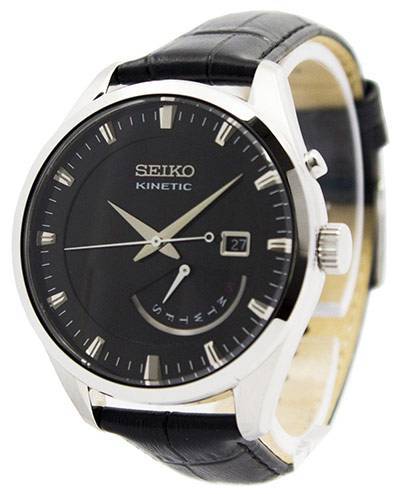
It has micro-engineering facilities. The quartz movements are significantly more complex than standard quartz and require to be largely handcrafted. The combination of superior technology and craftsmanship in these innovative quartz watches is a two-decade long achievement steering towards a hundred more. We look forward to see the Spring Drive reserve more than eight days worth of power at a time.
Seiko uses semiconductor fabrication procedures in their products; the MEMS or Micro Electrical Mechanical System creates vital internal components like the escape wheel and the pallet fork. These components turn out to be much lighter, tougher and smoother; more precisely cut and finished.
Zaratsu polishing is also done here. This creates the sharply defined edges and the seamless mirror finish in Grand Seiko. The studio produces the Caliber 68 – an engraved, ultra-slim movement only two meisters in the organization are allowed to assemble and adjust. Both are holders of the Yellow Ribbon Medal, an award that recognizes their services to the craft. It’s bestowed upon the receiver by the Emperor of Japan. Not even a National Skills Competition gold medalist who mastered Spring Drive is allowed to touch that. It’s a single-minded dedication and individual brilliance of a different kind that is central to its assemblage. Here, you feel the Kaizen around. It’s the Japanese philosophy of continuous improvement on personal efficiency. Machines do the initial setting but it’s always the skilled hands that follow after. From final fitting to finish and adjustments, it marks the modern era of Grand Seiko that began in 1998. This is when the 9S65 mechanical calibers family was introduced and these modern, self-winding, mechanical movements featured a power reserve of 50 hours. It’s the magic of Spron, Seiko’s own production mainspring. A modified gear train adds to better energy transmission, requiring less power.
Note: These two studios are at a constant competition with each other despite them sharing knowledge and technology.
A scene inside the studios
- Each watchmaker in the studios is given a customized, wooden work desk given a protective Urushi lacquer. This Iwayado Tansu or the traditional craft furniture is unique to the region.
- Seiko uses CNC machines to create the plates, screws, wheels and pinions; in fact any component for any watch.
- Decorative flourishes like perlage, chamfers, polishes, Tokyo stripes and rhodium and gold plating are done by Seiko themselves.
The beauty of it all
Seiko brings everything under one roof; from the hand-painted to the artistically machined component creation facilities. From perfecting the polish to the chime to the shaping of ring antennas for GPS connectivity, Seiko knows how to keep things exclusive. To understand better, visit the Tokyo’s Sumida neighborhood – The Seiko museum and one-stop shop. Alongside, you may check out the history of Japanese timekeeping and see the iron-frame tower clock from the 17th century.


































